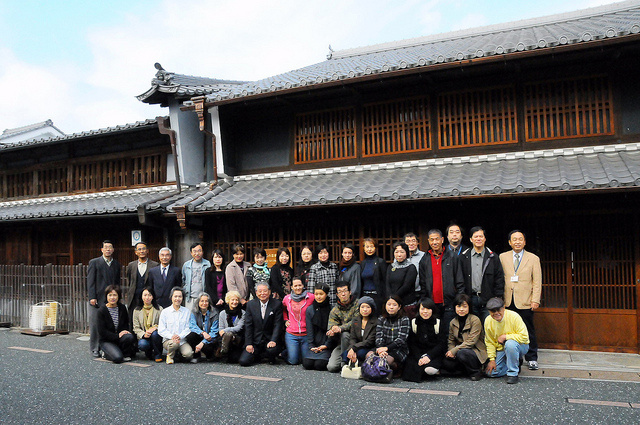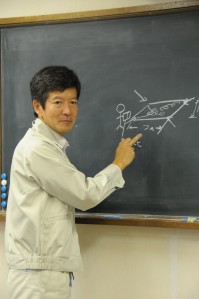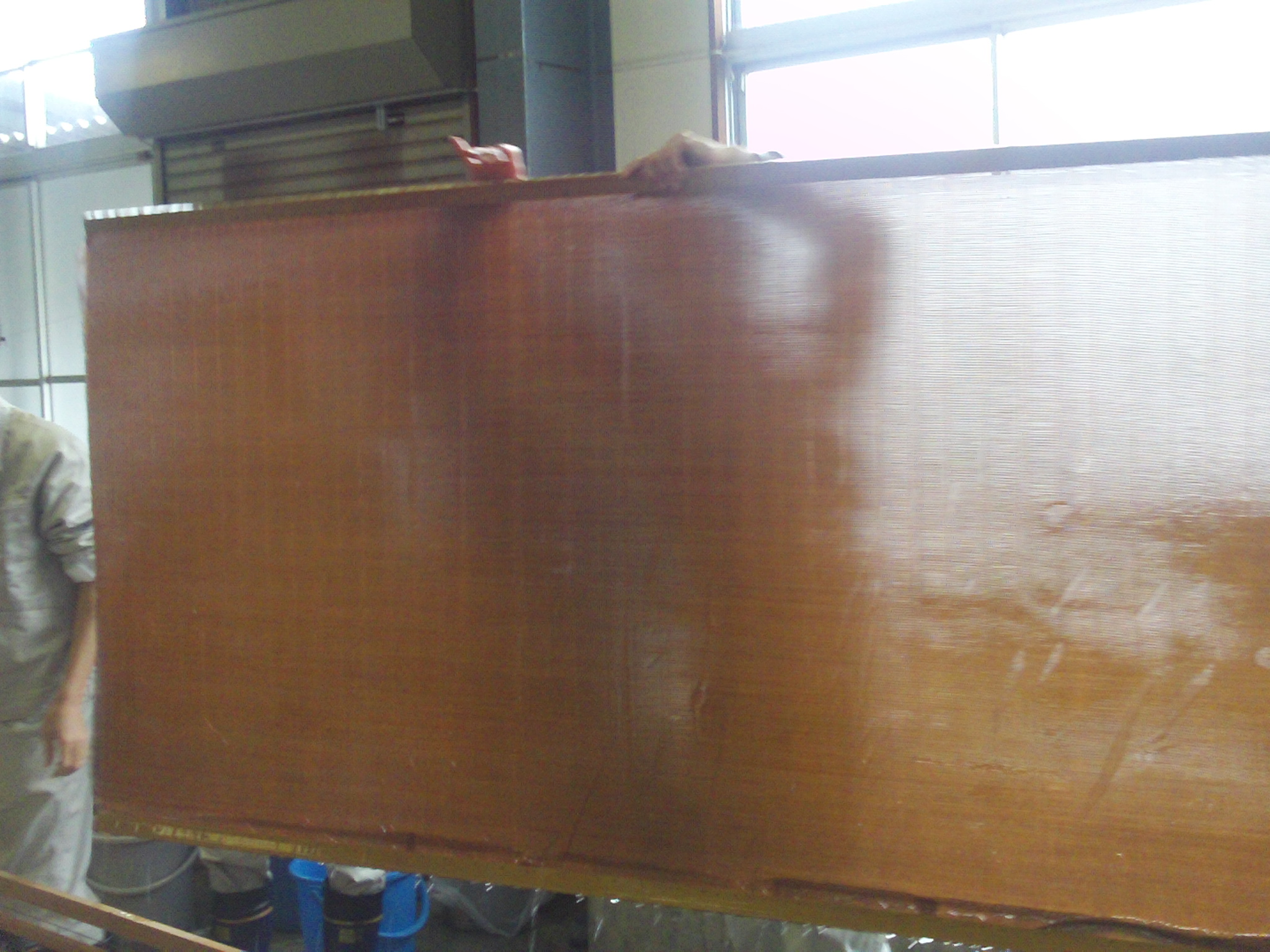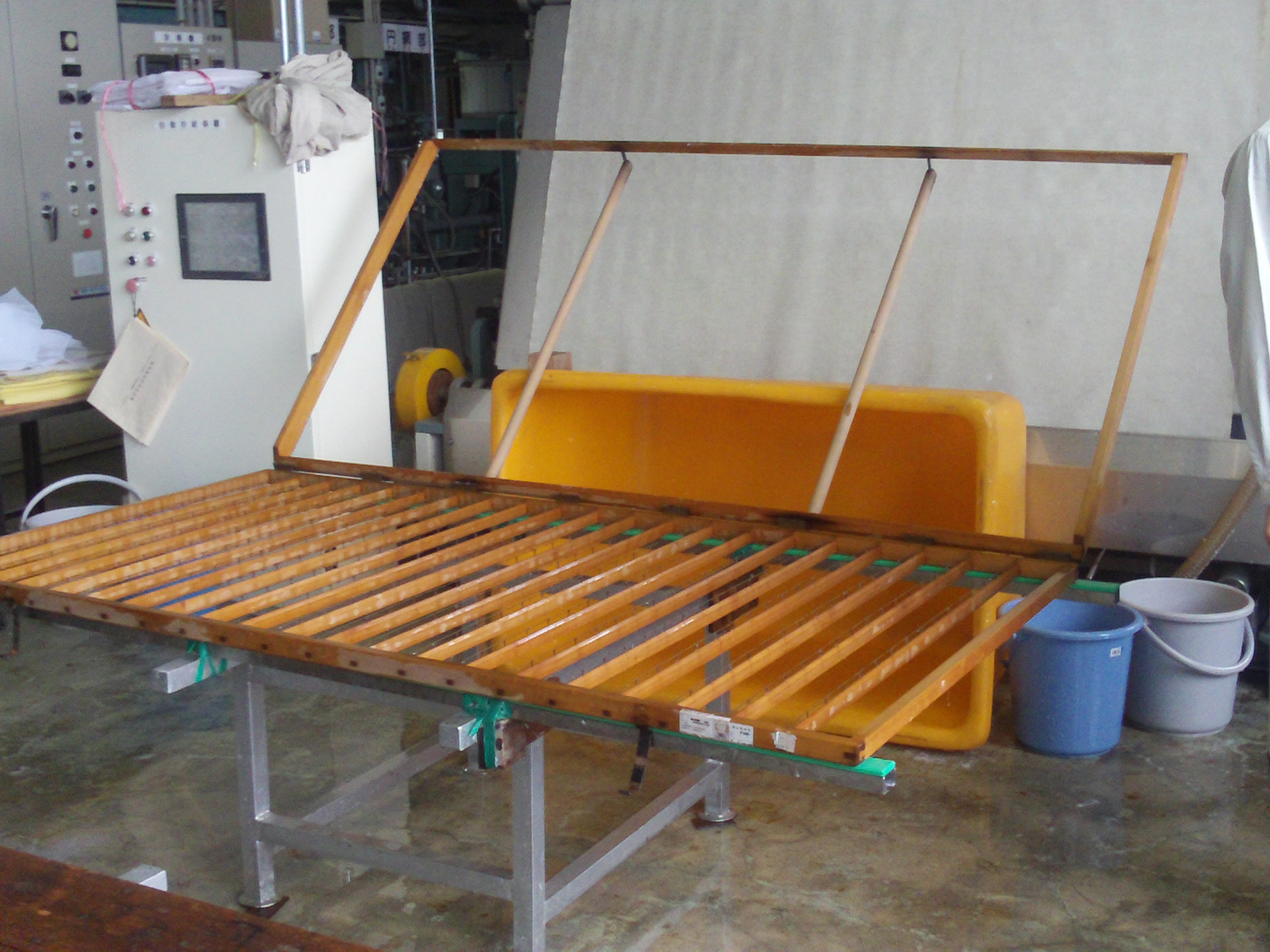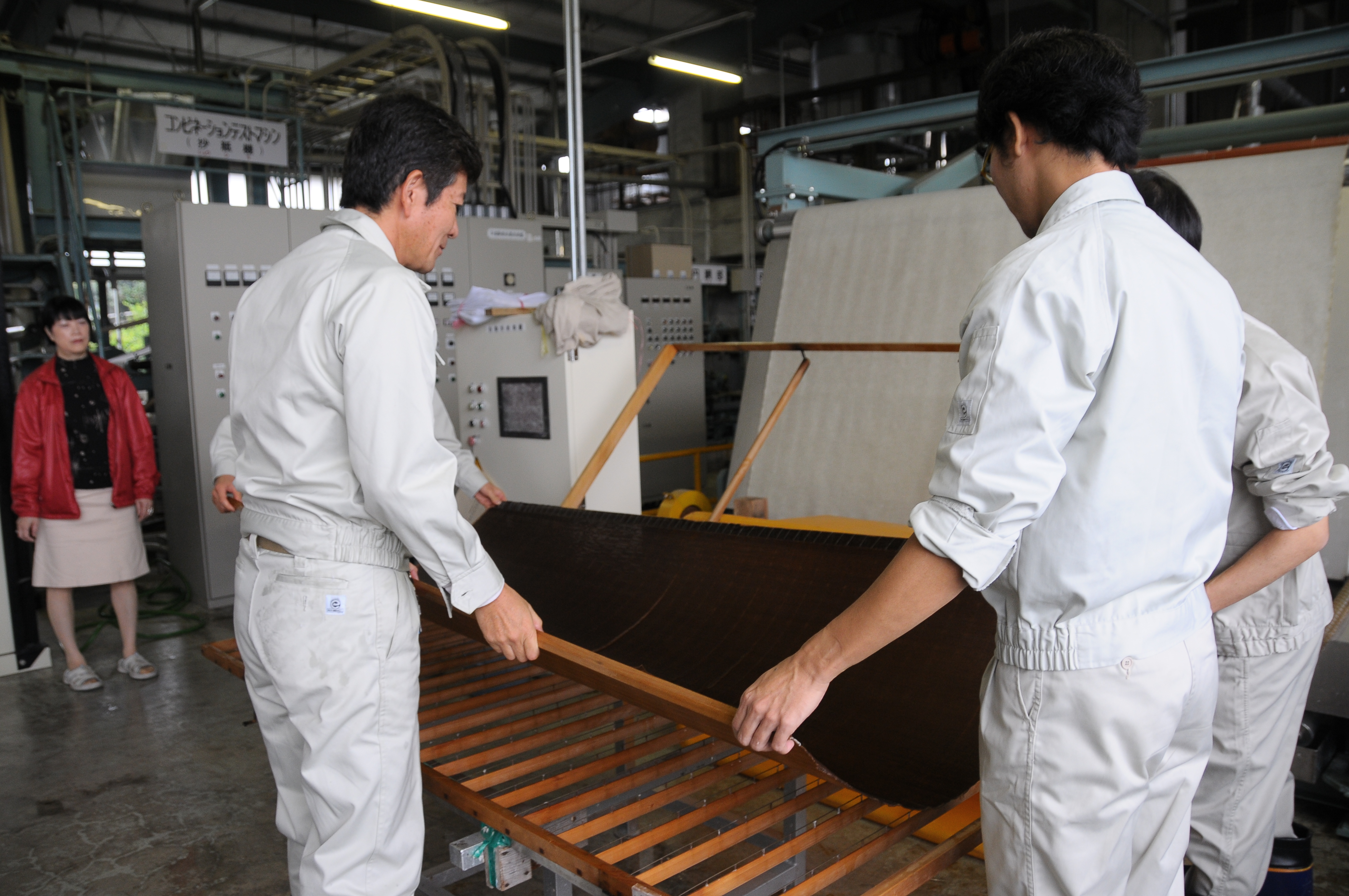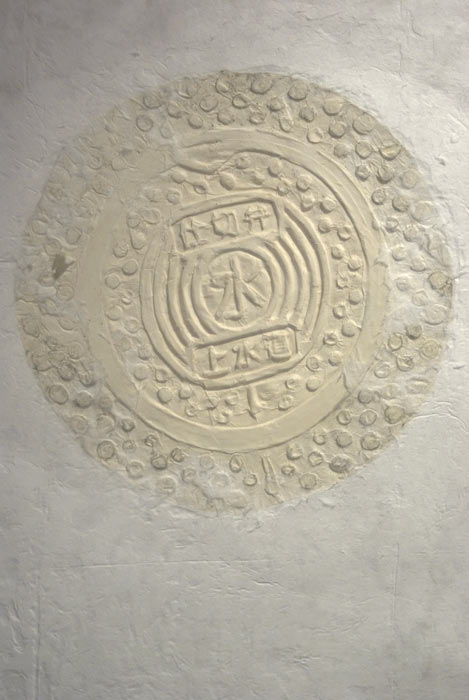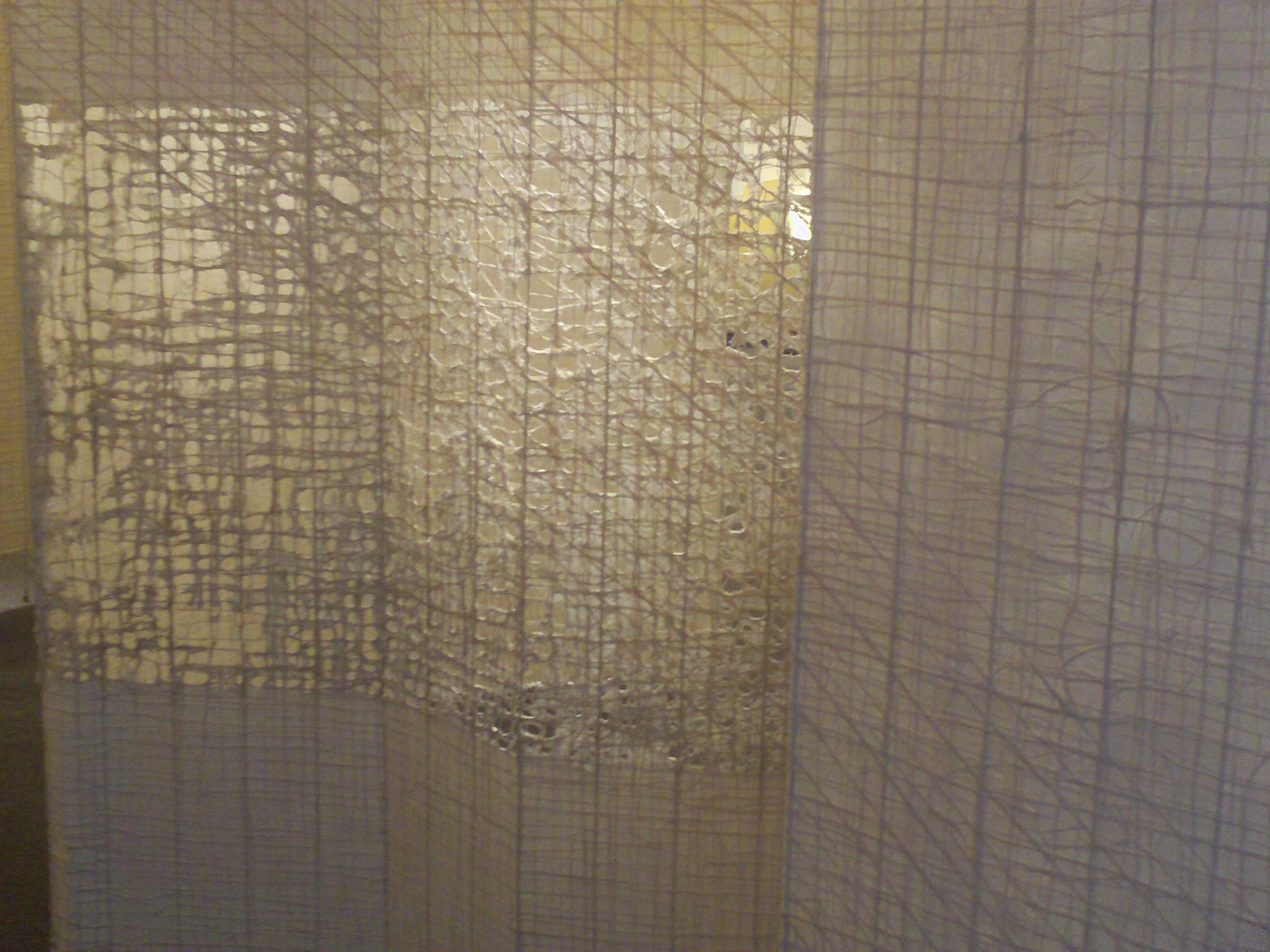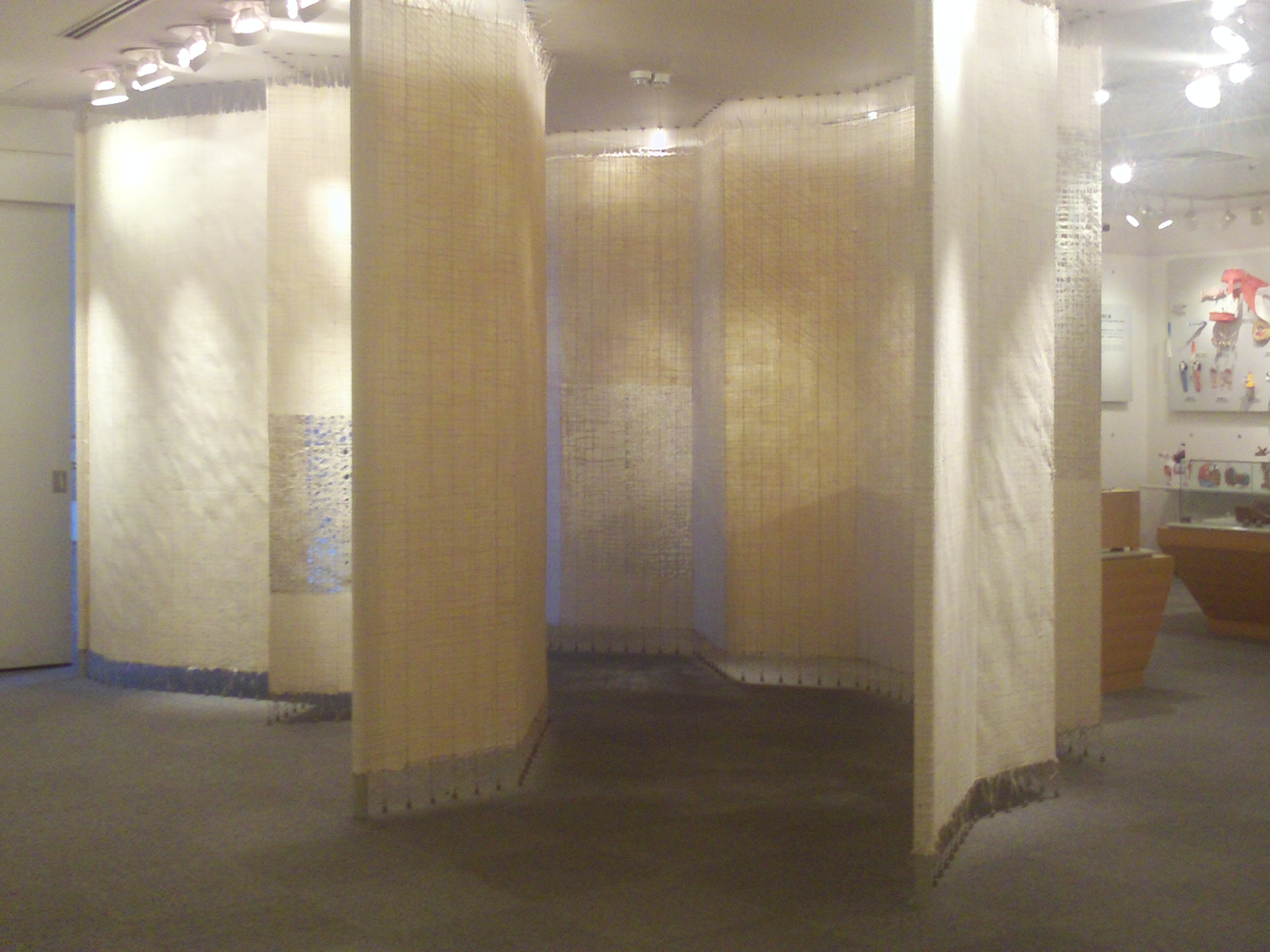It is a wrap for the Mino exhibition.
Today is the last day of the Mino Paper Art exhibition at the Washi Museum in Mino. Thank you so much to
everybody that was involved with this program, this was such a positive experience.
Read more about the exhibition.
See some more photo’s by Japanese photograher Takaaki Otsuka and his beloved Mino City. His website.
Master papermaker: Tastuo Ichihara
Master Papermaker from Mino, Gifu area: Tastuo Ichihara in his studio:
Still making paper in his late seventies. In this video you can see him making paper with a pattern using the “water shower technique”. A unique pattern is made out of wire and placed above the newly cast paper. Water will be showered over this wire screen onto the paper. The water will leave the imprint on the paper. Once dry these papers will have the look of ‘lace’.
Making large scale Japanese Paper 2
I love the Japanese they are so precise and everything is really well planned. It is very important for them that all information are equally distributed to every individual -less margin for error.
If you have not read it yet I have given a short background on large washi paper in my post Making large scale Japanese paper 1. For the Mino Paper Art Residency we were given the opportunity to make large Washi paper that has a similar technique than smaller Washi but without using the Nagashizuki action (swishing the mold back and forth in a set rhythm). Read more about the technique of making washi paper. First the Kozo and Neri is mixed and prepared like usual. We are using a large su and keta that is placed level on a stand. You have to make sure you have drainage underneath your table stand since a lot of water will run through the mold. A pair of Wellingtons is also very helpful!
An added ingredient that you do not have in making smaller washi paper is that you add a silk screen (treated with Kakishibu that is why it look so black on the photo) between the Su and the paper pulp. Makes the paper denser and easier to peel off the paper from the Su.
Watch the video for a demonstration in making these larger sheets.
![]()
[blip.tv ?posts_id=3093549&dest=-1]
You can get really creative once you have the technique down. You can add textures, colors and here I am adding washi paper inlays.
Making large scale Japanese Paper 1.
Washi is made from kozo (paper mulberry), mitsumata (a plant of the daphne genus) and gampi (another daphne plant). Traditional Japanese paper is known for its strength and quality and because it is handmade each sheets have unique irregularities in thickness and color. The size of Washi in the old days was 1 saku 1 sun (33.3cm) x 8sun (24.4cm) and in Mino another size was 1 shaku x 3sun (39.4cm) x 9 sun (27.3cm). The average size of Washi today is the following:
Shojigami (screens and windows) 63.3 x 93.9cm;
Gasenshi (calligraphy)72.7 x 136.5 cm;
Hoshoshi (High grade official documents)39.4 x 53.0 cm;
Udagami (mounting paper)31.8 x 45.5 cm
I made large sheets of Washi that is 3 x 6ban (97.0 x 188cm). The difference between making the large sheets and the small sheets is the size of the mold. The large paper use a pour technique (similar to European style) instead of “Nagashizuki” (swishing water over a woven bamboo tray)
In Japan today you find artists likeHoriki Eriko that makes large scale paper for interiors and calls it “Architecture Washi” that can measure up to 10 meters for one sheet. Her technique is secret with patent protection and one can just wonder how she are able to control the size and consistent quality of her paper. Check out her website. In the next post I will show the technique in making large scale Washi paper.
Please continue to the second part of making large Japanese Paper 2 with photos of the process and a Video.
